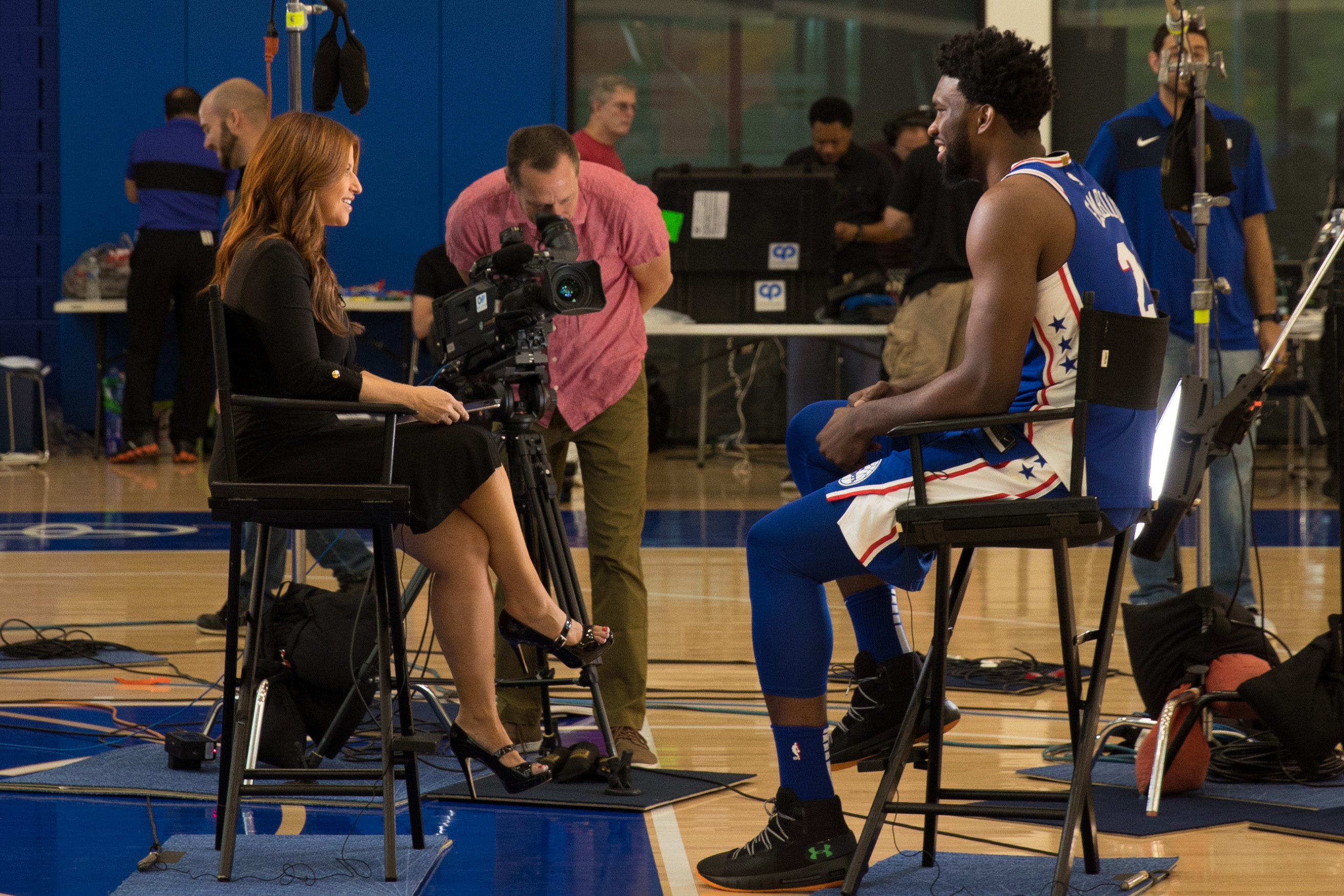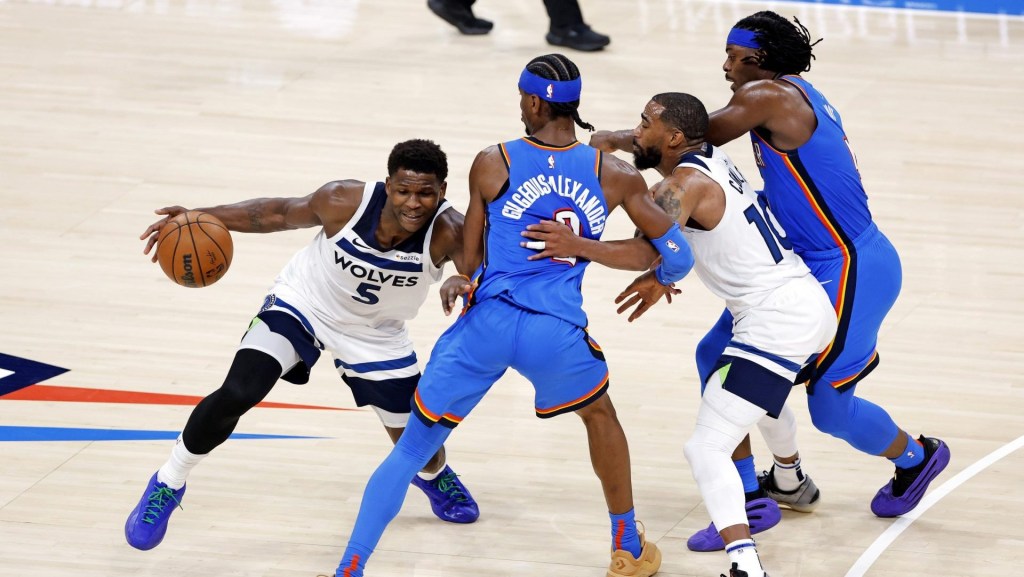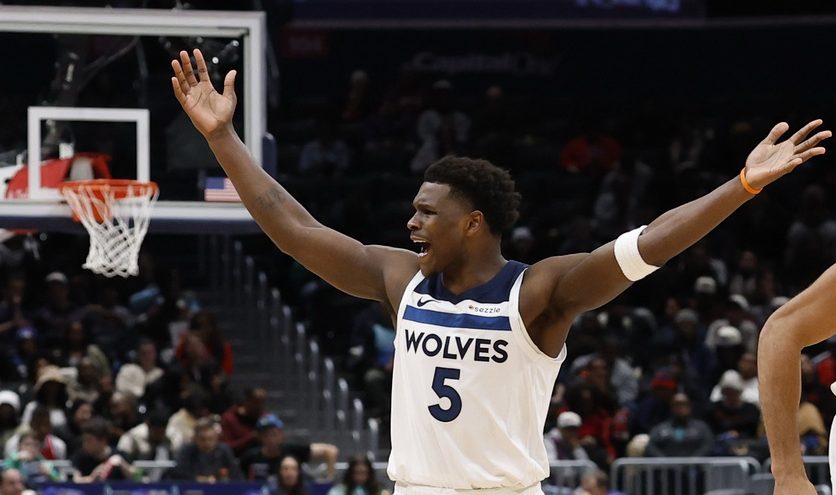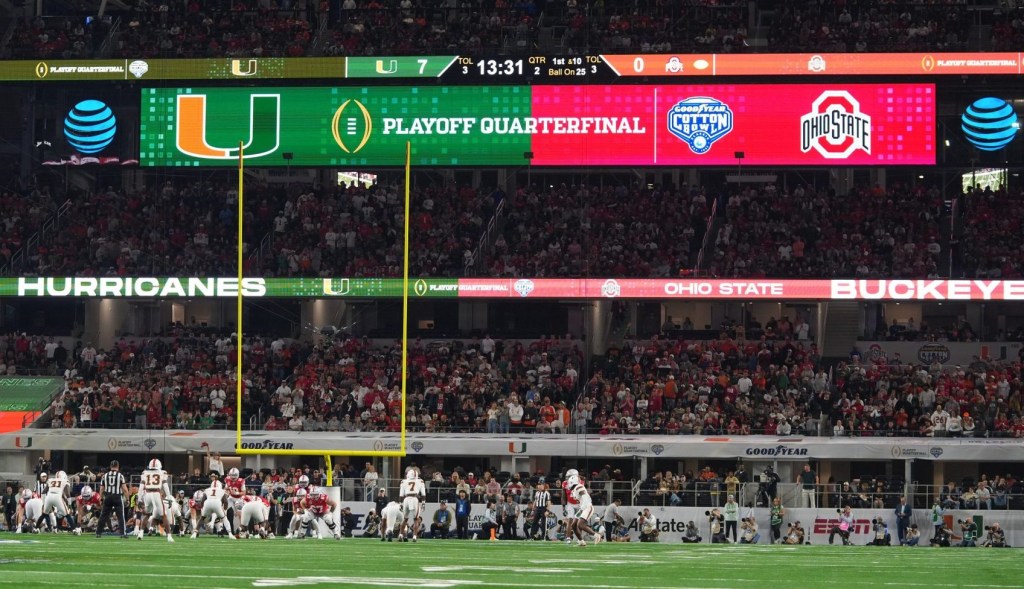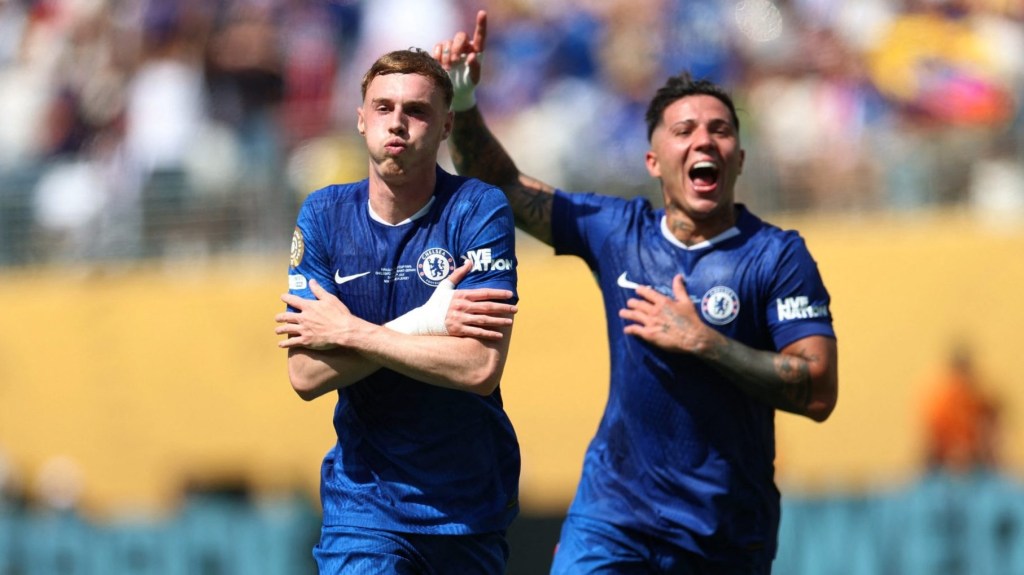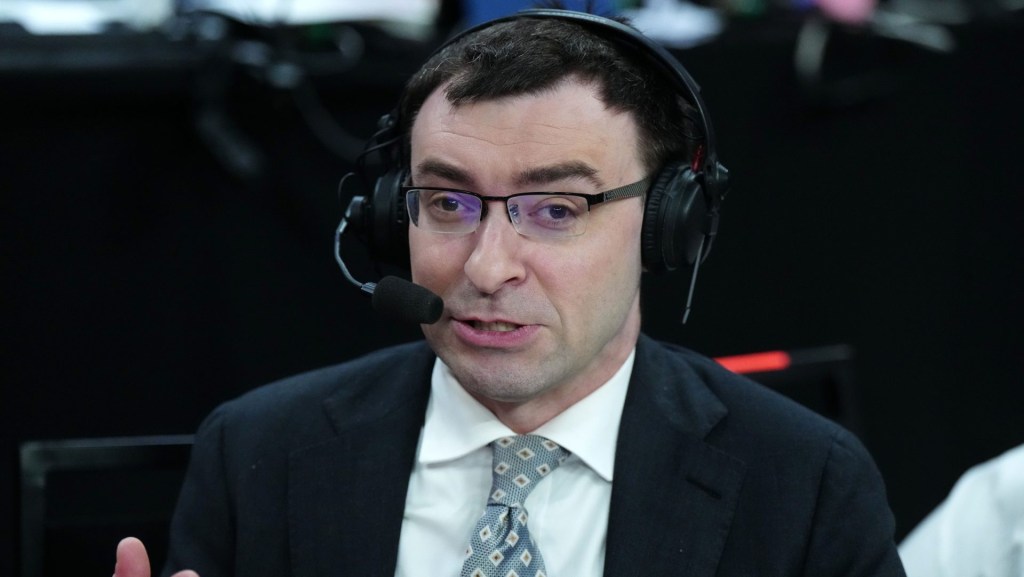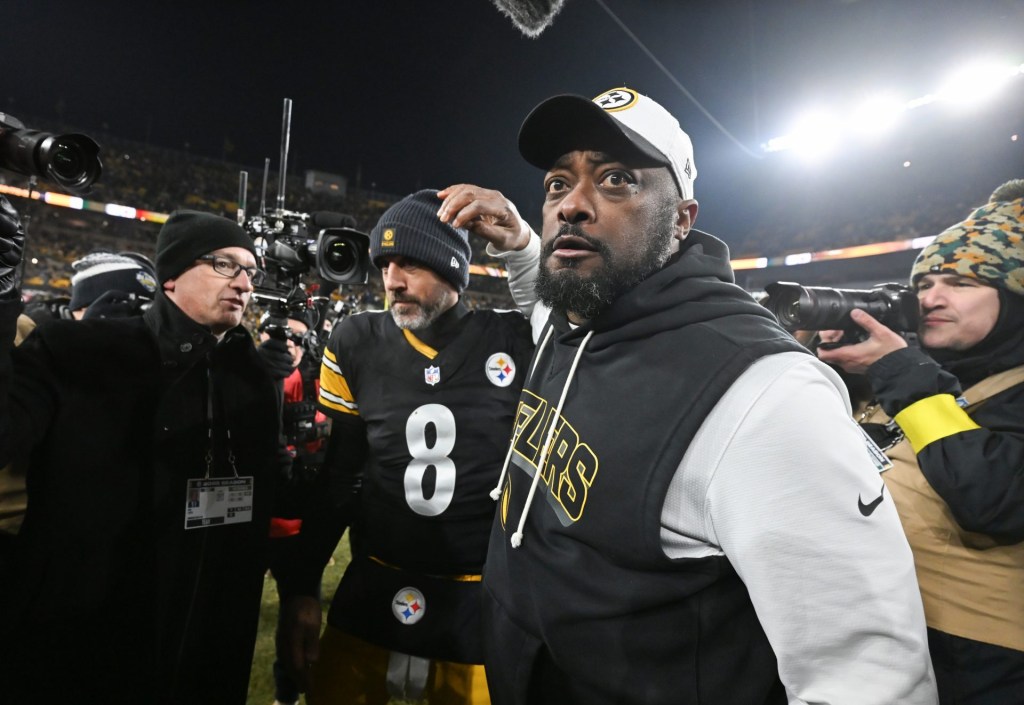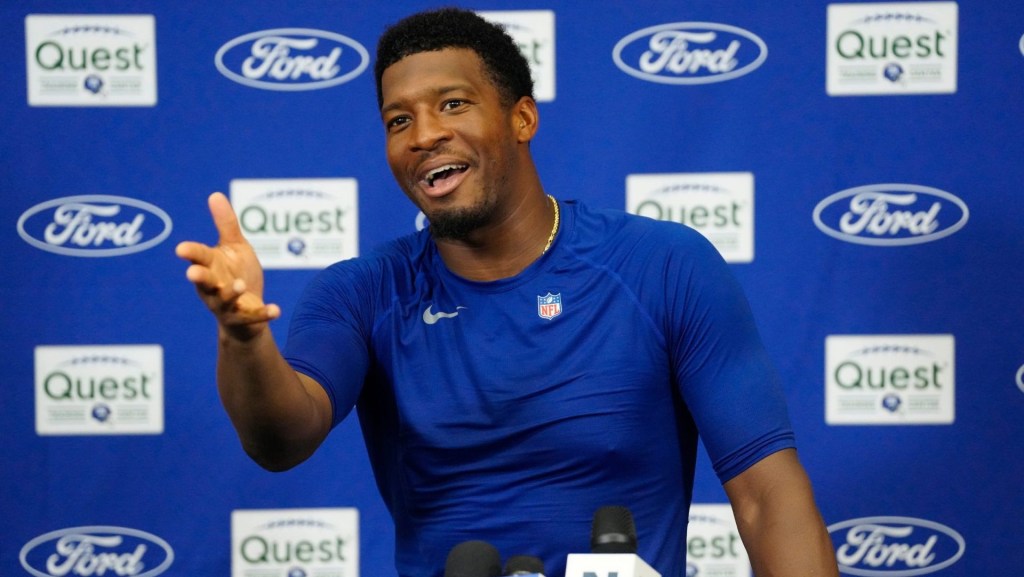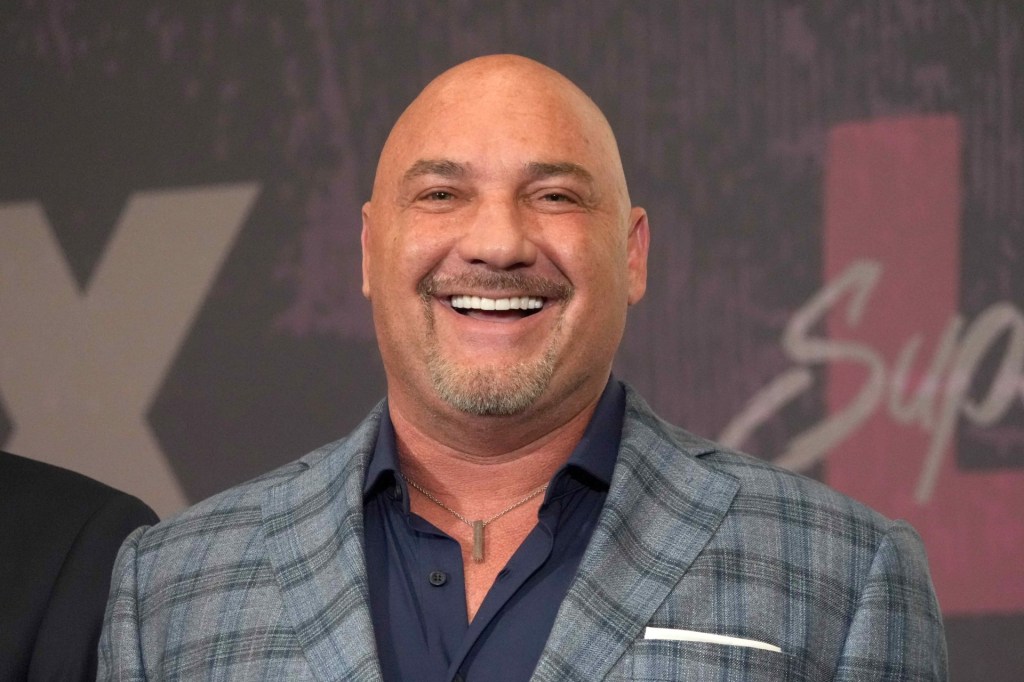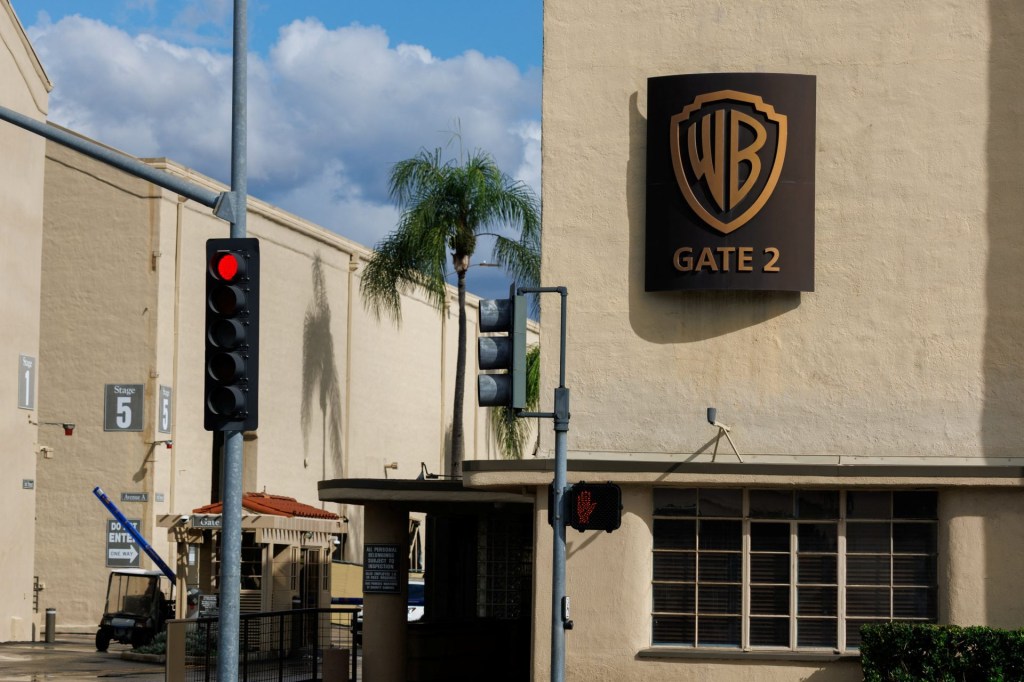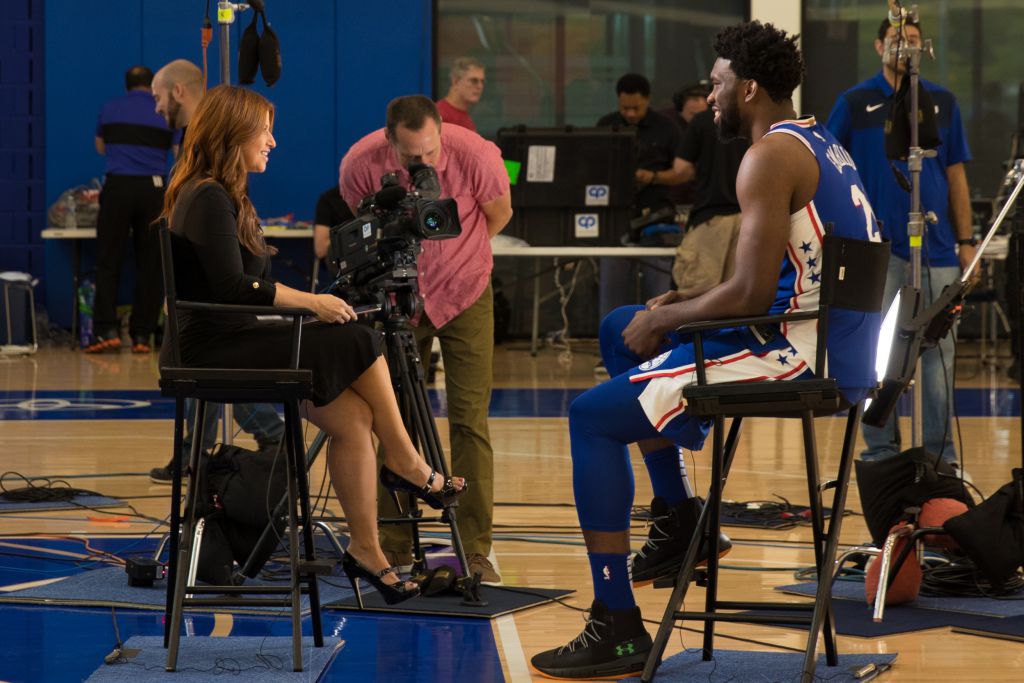
One afternoon, in the middle of his appearance as a panelist on ESPN’s “The Jump,” Scottie Pippen received a text from Michael Jordan letting Pippen know MJ was watching the show. Another time, Bill Russell tweeted at host Rachel Nichols about that day’s episode.
“It’s the ultimate compliment because growing up, we idolized these players,” says Danny Corrales, ‘The Jump’ producer. “To know current and former players are looking at our show as a credible source of NBA news and information is really flattering.”
In its three and a half years on the air, “The Jump” has made a name for itself as the go-to show for daily basketball news, even for the sport’s biggest stars.
“The show is on at practice facilities, training facilities and hotels, so we’ll get texts and hear from players, GMs and front office people, talking about rumors we address on the show,” Nichols says.
It’s not just Hall of Famers and NBA team personnel that tune in. “The Jump” averages around 300,000 viewers per day and is regularly one of the most-watched ESPN shows on-demand.
The common thread between those who watch? A deep love for the NBA and all of its drama, on and off the court.
“That’s what we’re striving for, that everyone from NBA fans to players to team owners can come hang out with us,” Nichols says. “It’s a centralized hub or hangout.”
READ MORE: ESPN Brings AR to Life for NBA Playoffs
With the playoffs in full swing, the Emmy-nominated crew is now out of the studio and on the road, providing on-site coverage for the remainder of the season.
“To me, being where the game is has always been an important part of my coverage,” Nichols says. “I feel like I need to be here, going to practice and talking to guys, going to games, going into the locker room and talking about what’s going on…It brings an immediacy, a currency, and that helps viewers be there with us.”
A prime-time version of the show has also been added for the NBA Finals, airing on ESPN from 8 to 8:30 p.m. ET ahead of weekday Finals games.
“Every time we hit the road, we try to replicate our daily show as best as we can, and it’s not easy being on the road because there’s a comfort level you gain in the studio,” Corrales says. “Our goal for this year is to continue to do the show the way we do the normal show, with the same topics, same guests and same passionate energy.”
When she created “The Jump,” Nichols pushed for it to feel like a casual basketball discussion with friends. The show features media members and former players conversing around a table, and the studio is set up more like a living room than a traditional anchor desk.
“That’s what I’m doing on my weekend afternoon—sitting around, talking about basketball with friends, and that transferred into everything about the show,” Nichols says. “It’s not a big, huge set, and there are no big monitors, because I don’t have big monitors in my living room, so why would we have that here?”
Rather than showing highlights or going in-depth on Xs and Os, Nichols and her panelists dive into the quirky, peripheral side of the sport.
“We’re having an educated basketball conversation and telling you things you don’t know, so if you’re a diehard, you’re still learning, but we hope it’s accessible for other people, too,” Nichols says.
[mc4wp_form id=”8260″]
It’s not all about the fun, lighthearted side of the NBA, though. An experienced journalist, Nichols does not shy away from heavy topics in her introductory monologues and interviews, such as the Dallas Mavericks’ sexual misconduct investigation in 2018.
“In a way, I’ve been prepping my whole career,” says Nichols, who has covered major controversies involving sports figures like Roger Goodell and Floyd Mayweather. “I’ve done investigative pieces, and I’ve covered serious league issues for months at a time. I feel good that if something serious comes up, I can steer the conversation.”
READ MORE: Ernie Johnson Talks March Madness, Sports Media and More
Nichols and her crew have made an effort to balance those serious topics with the NBA’s goofier stories, though. For example, they recently discussed a Milwaukee-based radio station that refuses to play Drake songs during the Bucks’ playoff series against the Toronto Raptors.
“We’re giving good weight to both [serious and fun] topics, and we’re staying true to the character of the show and who I am, too,” Nichols said.
The NBA is rarely bereft of topics to discuss, so Nichols leans on fans and NBA Twitter to find fresh content and drive the conversation. She says social media has “helped with that communal feel, like we’re all in this together.”
With the Finals around the corner, that community will embrace the drama, with Nichols and her crew leading the discussion every step of the way.
“The NBA is a celebrity league, and the players are superstars,” Nichols says. “People feel like they know these guys, so the whole thing feels like a high school cafeteria, where we know what table everybody is sitting at. We also have a table in the cafeteria, and now we have a yearbook.”
When she first pitched “The Jump,” Nichols took a risk, hoping to find an audience for a daily afternoon basketball show. Now, just a few years later, “The Jump” has become the preferred NBA show for basketball junkies—regular fans to NBA legends alike.
